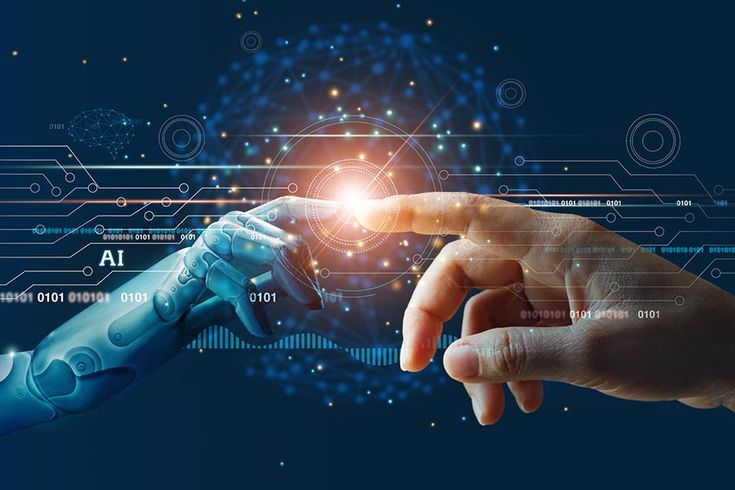Business analytics has become a vital part of decision-making for modern organizations. From startups to global enterprises, data-driven strategies help companies understand markets, optimize performance, and stay competitive. As technology evolves, business analytics continues to transform — driven by innovations in AI, data science, and automation. Here are the key trends shaping the future of business analytics.
1. Artificial Intelligence (AI) and Machine Learning (ML) Integration
AI and ML are revolutionizing how businesses analyze and interpret data. These technologies can identify patterns, predict trends, and automate decision-making processes with minimal human intervention.
-
Predictive analytics helps companies forecast sales, customer behavior, and market changes.
-
Prescriptive analytics uses AI to recommend the best actions to take based on data insights.
As AI becomes more advanced, it will continue to make analytics faster, smarter, and more accurate.
2. Data Democratization
Data is no longer limited to data scientists. With modern tools like Power BI, Tableau, and Google Data Studio, employees across departments can now access and analyze data easily.
This trend, known as data democratization, empowers non-technical professionals to make informed decisions without needing advanced coding or analytics skills.
3. Real-Time Analytics
Gone are the days when companies relied on monthly reports to make decisions. Real-time analytics allows businesses to analyze data instantly and respond immediately to changes.
For instance:
-
E-commerce companies adjust pricing dynamically.
-
Banks detect and prevent fraudulent transactions instantly.
-
Marketers optimize campaigns based on live user behavior.
This instant insight helps companies stay agile and competitive.
4. Cloud-Based Analytics Platforms
Cloud computing has made it easier and more cost-effective to store, access, and process massive amounts of data. Platforms like AWS, Google Cloud, and Microsoft Azure provide scalable analytics solutions that can be accessed from anywhere.
The cloud also supports collaboration and remote data access, which are essential for globally distributed teams.
5. Advanced Data Visualization
As data becomes more complex, clear visualization is critical. Advanced dashboards and visual storytelling tools are helping businesses communicate insights effectively.
Interactive visualizations make it easier to:
-
Understand key metrics
-
Spot trends and anomalies
-
Share insights across departments
This trend ensures that data-driven decisions are accessible to everyone, not just analysts.
6. Predictive and Prescriptive Analytics
The focus is shifting from understanding what happened to predicting what will happen next. Predictive analytics uses historical data and algorithms to anticipate future events.
Meanwhile, prescriptive analytics goes a step further by suggesting possible outcomes and best actions to achieve desired results.
This combination enables businesses to stay proactive rather than reactive.
7. Data Privacy and Ethical Analytics
With the rise of data collection, privacy and ethics have become critical. Regulations like GDPR and India’s Digital Personal Data Protection Act ensure responsible data use.
Businesses now prioritize:
-
Transparent data policies
-
Secure data storage
-
Ethical AI models
Ethical analytics helps build trust with customers and stakeholders.
8. Augmented Analytics
Augmented analytics combines AI, natural language processing (NLP), and automation to simplify data analysis. It allows users to ask questions in plain language — such as “What were our top-selling products last quarter?” — and instantly receive answers backed by data.
This trend reduces the technical barrier and makes analytics more accessible across all business functions.
9. Edge Analytics
As IoT devices become more common, edge analytics — analyzing data directly at the source — is gaining momentum. This reduces latency and improves speed.
For example, smart factories use edge analytics to monitor equipment performance in real-time, enabling instant decisions and minimizing downtime.
10. Focus on Sustainability Analytics
Businesses are increasingly using analytics to measure their environmental and social impact. Sustainability analytics helps track carbon emissions, energy consumption, and resource efficiency.
Companies that use data to improve sustainability not only meet regulatory standards but also enhance brand reputation and customer loyalty.
Conclusion
The future of business analytics is dynamic, data-driven, and deeply connected to emerging technologies. With AI, cloud computing, and real-time insights at the forefront, businesses are better equipped to make intelligent, agile, and ethical decisions. Those who embrace these trends will not only stay ahead of competition but also lead innovation in their industries.

